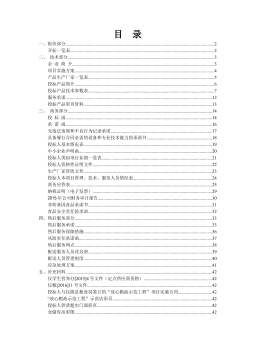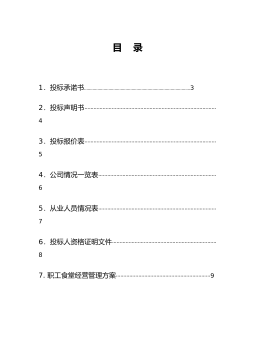停车诱导信息系统中停车收费 对路网交通影响研究
摘要随着现代化的不断进程和小汽车保有量的不断增加,不仅动态交通问题需要解决,“停车难”的静态交通问题也亟需解决。为了缓解此类问题,专家学者提出运用停车诱导信息系统来诱导驾驶员停车路线。此系统既可以解决找停车位的问题,也能缓解道路上由于“巡游”交通量而造成的拥堵现象。停车诱导信息系统主要涉及信息采集、信息处理、信息传输以及信息发布。系统通过区域内停车场采集到的相关数据,通过简单处理后传输给管理中心,管理中心将接收到的数据进行融合处理后将会通过停车诱导信息牌进行信息发布,一般发布的信息有停车场的剩余车位数等。停车诱导信息系统作为智能交通系统的分支,起到缓解交通拥堵的作用。在停车诱导信息系统中,作为...
相关推荐
-
10KV电网D-SCADA 系统信息采集与故障诊断研究与设计VIP免费

 2024-10-14 26
2024-10-14 26 -
方形吸顶散流器平送风等温射流特性研究VIP免费

 2025-01-09 7
2025-01-09 7 -
关于充液声导波传感器中频散兰姆波的研究VIP免费

 2025-01-09 10
2025-01-09 10 -
结合梁斜拉桥施工过程中考虑剪力滞影响的分析方法VIP免费

 2025-01-09 6
2025-01-09 6 -
空调房间热舒适性的数值模拟与实验研究VIP免费

 2025-01-09 7
2025-01-09 7 -
汽车前轮线控转向系统研究VIP免费

 2025-01-09 8
2025-01-09 8 -
输入分配型混合动力车辆动力系统控制策略研究VIP免费

 2025-01-09 7
2025-01-09 7 -
双馈风力发电系统的柔性并网控制研VIP免费

 2025-01-09 10
2025-01-09 10 -
污水处理厂污泥好氧堆肥发酵技术的试验研究VIP免费

 2025-01-09 7
2025-01-09 7 -
应用风室试验装置的风机性能VIP免费

 2025-01-09 8
2025-01-09 8
相关内容
-

汽车前轮线控转向系统研究
分类:高等教育资料
时间:2025-01-09
标签:无
格式:PDF
价格:15 积分
-

输入分配型混合动力车辆动力系统控制策略研究
分类:高等教育资料
时间:2025-01-09
标签:无
格式:PDF
价格:15 积分
-

双馈风力发电系统的柔性并网控制研
分类:高等教育资料
时间:2025-01-09
标签:无
格式:PDF
价格:15 积分
-

污水处理厂污泥好氧堆肥发酵技术的试验研究
分类:高等教育资料
时间:2025-01-09
标签:无
格式:PDF
价格:15 积分
-

应用风室试验装置的风机性能
分类:高等教育资料
时间:2025-01-09
标签:无
格式:PDF
价格:15 积分






